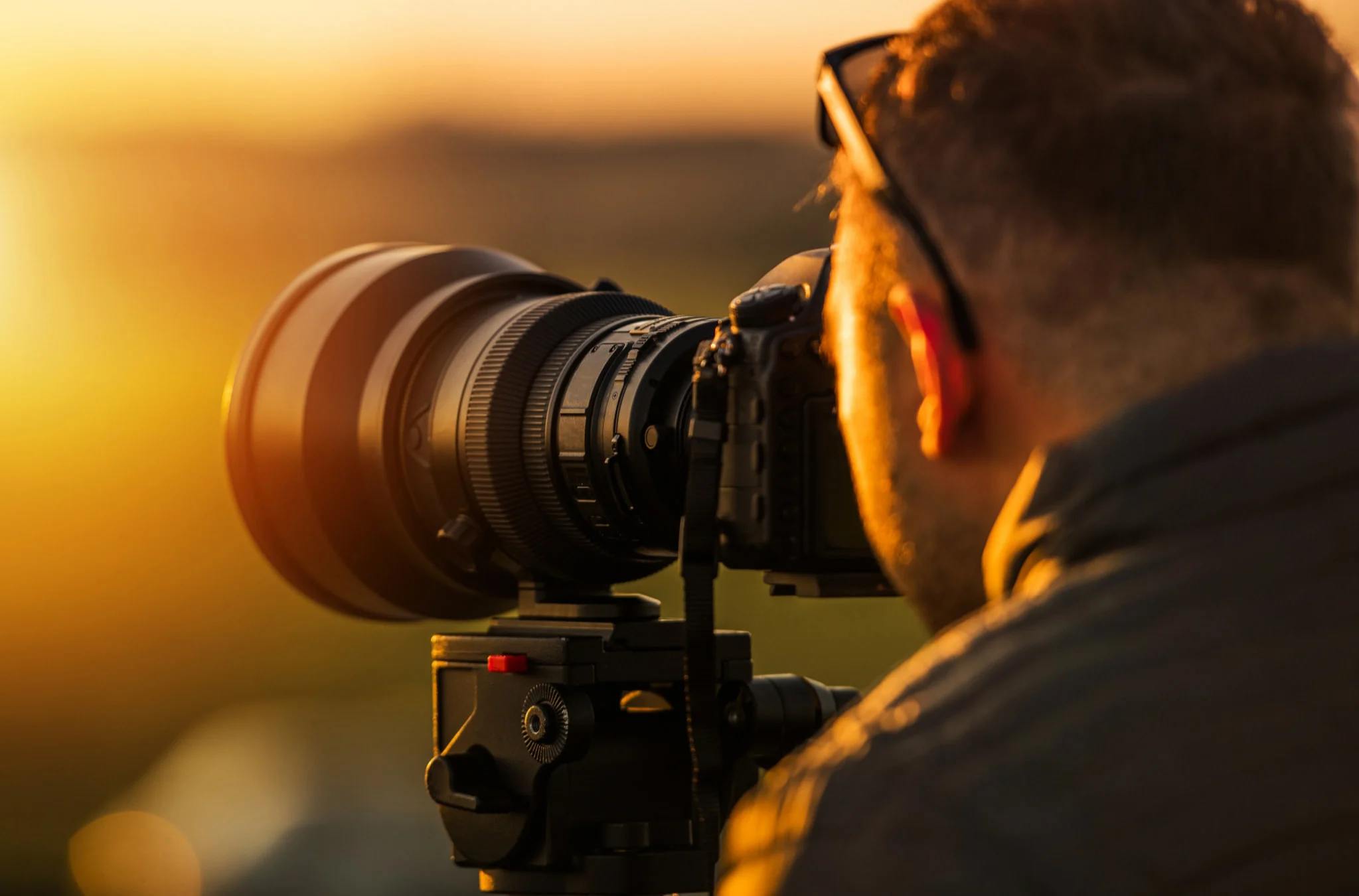Select the Ideal DSLR Tripod to Enhance DSLR Photography Experience
Selecting the ideal tripod for your DSLR camera is crucial to enhancing your photography experience. A good tripod provides stability, reduces camera shake, and allows for longer exposures and sharper images. With various options on the market, choosing the right one can be daunting. Here are some key considerations to guide you in making the best choice for your needs. First and foremost, consider the tripod’s weight and portability. If you often shoot on location or travel frequently, a lightweight and compact tripod is essential. Carbon fiber tripods are an excellent choice for their strength and lightweight properties, though they can be more expensive. Aluminum tripods, while heavier, are generally more affordable and can be a good option if you do not mind the extra weight. Additionally, consider a tripod those folds down to a small size for easy transportation. The tripod’s load capacity is another critical factor. Ensure the tripod can support the weight of your DSLR camera, including any heavy lenses or additional equipment you might use. Overloading a tripod can lead to instability and potential damage to your gear. Most manufacturers provide a maximum load rating, so check this specification carefully. It is often wise to choose a tripod with a load capacity that exceeds your heaviest gear to ensure stability and safety.

Height is also an important consideration. The tripod should extend to a comfortable height for you to use without straining your back. At the same time, it should be able to collapse to a lower height for ground-level shots. Look for tripods with adjustable legs that offer a range of height options. Additionally, a tripod with a center column can provide extra height when needed, but it may compromise stability, so use it judiciously. The type of head on the tripod is another crucial aspect to consider. Ball heads are popular for their flexibility and ease of use, allowing quick adjustments in any direction. However, they might not provide the precision needed for certain types of photography, like architecture or landscape. In such cases, a pan-tilt head, which offers independent control over horizontal and vertical movements, might be more suitable. There are also specialized heads, such as gimbal heads for wildlife and sports photography, which provide smooth panning and tracking of moving subjects.
Stability and build quality are paramount in a good DSLR Tripod. Look for features such as rubber feet or spikes that can provide a firm grip on various surfaces. Leg locks should be secure and easy to operate; twist locks and lever locks are common types, each with its pros and cons. A hook at the bottom of the center column can be useful for adding weight, such as a camera bag, to increase stability in windy conditions. Finally, consider additional features and accessories that might enhance your photography experience. Some tripods come with bubble levels for precise alignment, interchangeable feet for different terrains, or the ability to convert into a monopod for greater versatility. Quick-release plates can save time when mounting and dismounting your camera, and some models offer compatibility with specific camera brands or additional accessories. By carefully considering your specific needs and shooting style, you can choose a tripod that significantly enhances your photography, providing the support and stability necessary for capturing stunning, sharp images. Investing in a high-quality tripod is a decision that can greatly improve your photographic results and overall experience.